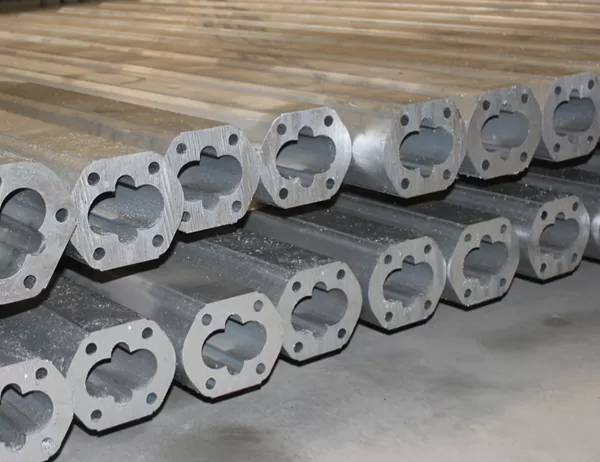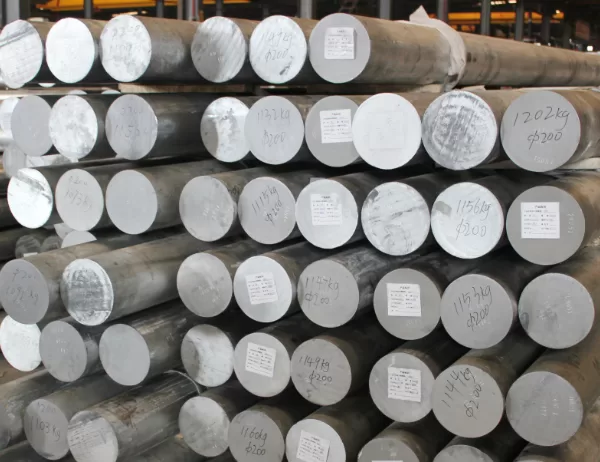In the realm of electronic devices, effective thermal management is paramount to ensure optimal performance and longevity. Aluminum heat sinks, owing to their exceptional thermal conductivity and design flexibility, have emerged as the preferred choice for dissipating heat from electronic components. However, advancements in manufacturing techniques have propelled the evolution of aluminum heat sinks, enabling the realization of increasingly efficient and compact thermal solutions. This article delves into the transformative innovations in manufacturing techniques for aluminum heat sinks, exploring their impact on the design, performance, and application of these critical components.
Die Casting: Precision and Efficiency
Die casting involves injecting molten aluminum into a precisely engineered mold under pressure. This technique produces high-volume heat sinks with intricate shapes and thin walls, enabling efficient heat dissipation. The precision of die casting ensures tight tolerances and dimensional accuracy, reducing thermal resistance and enhancing performance. Moreover, die casting offers the advantage of automation, leading to increased production efficiency and reduced manufacturing costs.
Extrusion: Customizable Profiles
Extrusion involves forcing molten aluminum through a die to create a continuous profile with a specific cross-section. This technique allows for the fabrication of heat sinks with unique and customized shapes, tailored to meet specific application requirements. The extruded profiles can be easily cut to desired lengths, providing flexibility in heat sink design and assembly. The versatility of extrusion makes it suitable for a wide range of electronic devices, including power modules, LED lighting, and telecommunication equipment.
CNC Machining: Precision and Detail
CNC (Computer Numerical Control) machining utilizes computer-controlled tools to remove material from a solid block of aluminum. This technique offers exceptional precision and flexibility, enabling the creation of heat sinks with complex geometries and intricate cooling channels. CNC machining allows for the precise definition of surface textures and the integration of custom features, such as mounting holes and thermal vias. The high level of control provided by CNC machining ensures optimal thermal performance and a high degree of customization.
Forging: Strength and Reliability
Forging involves applying intense pressure to a heated aluminum billet, causing the metal to conform to a specific shape. This process enhances the mechanical properties of the heat sink, resulting in increased strength and durability. Forged heat sinks are particularly well-suited for high-power applications where thermal loads are demanding. The added strength allows for the design of compact heat sinks without compromising structural integrity or long-term reliability.
Innovations in manufacturing techniques for aluminum heat sinks have revolutionized the design and production of these essential thermal components. Die casting, extrusion, CNC machining, and forging offer distinct advantages in terms of precision, efficiency, customization, strength, and reliability. By leveraging these advancements, engineers can create highly effective heat sinks tailored to the specific requirements of diverse electronic devices. As technology continues to evolve, further innovations in manufacturing techniques will undoubtedly drive the development of even more efficient and compact aluminum heat sinks, enabling the realization of cutting-edge electronics with enhanced thermal management capabilities.




